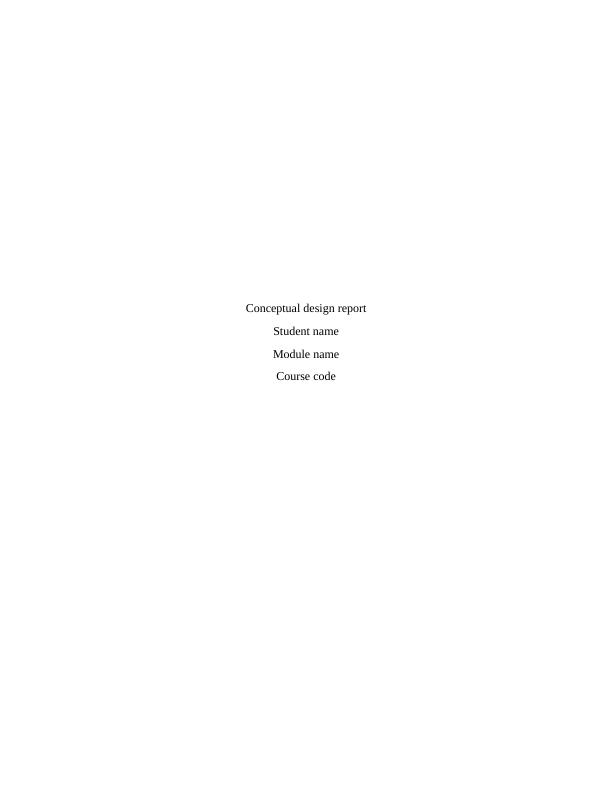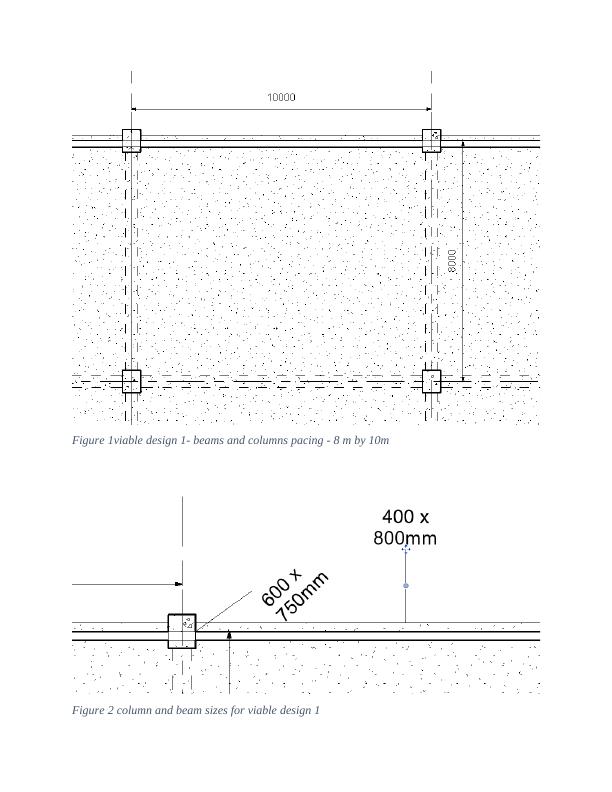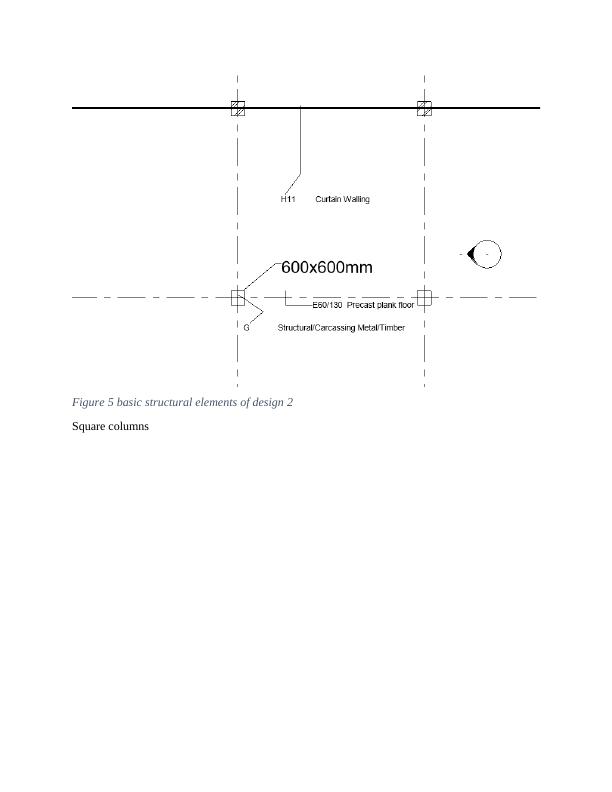Conceptual design report Student name Module name Course code Introduction Structural analysis
22 Pages1737 Words11 Views
Added on 2022-08-12
About This Document
Could be hand drawing
Conceptual design report Student name Module name Course code Introduction Structural analysis
Added on 2022-08-12
ShareRelated Documents
End of preview
Want to access all the pages? Upload your documents or become a member.
Construction Management: Structural Analysis, Load Paths, Building Permits, and Window Frames
|11
|2677
|84
Construction Management: Principles of Stable Structure and Basement Construction
|6
|986
|143
Buckling Analysis of Round Bar Assembly
|5
|1247
|89
Professional Engineer Summary Statement
|6
|1596
|17
Structural Principles for Commercial Low Rise Construction
|10
|1295
|112
Geotechnical Design: Simulation of a Real-World Scenario
|18
|2257
|67






